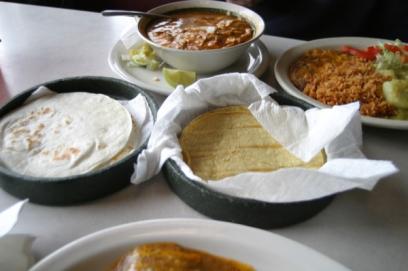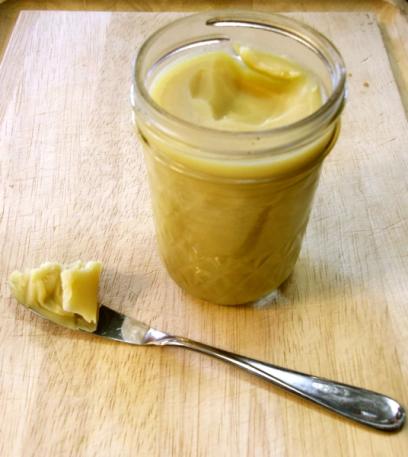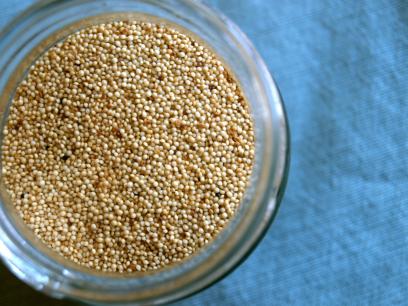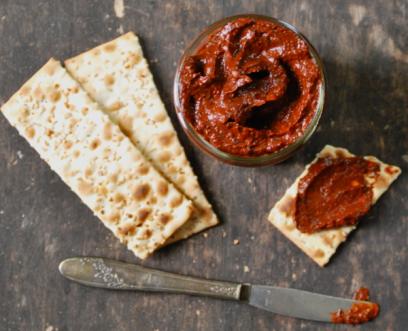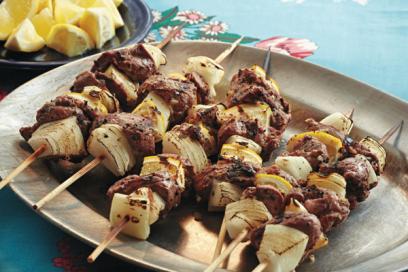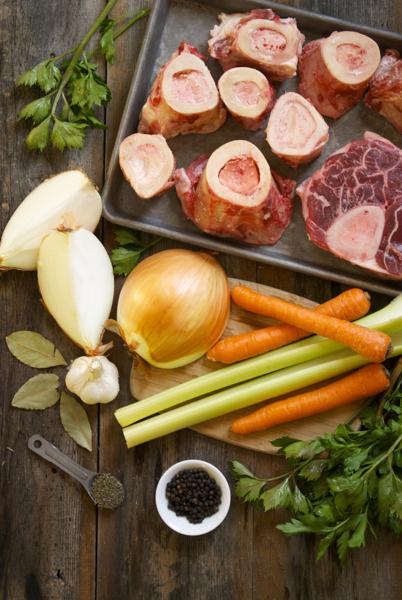It is obvious to anyone paying attention that Americans have an obsession with Mexican food. Simply take a look at our fast food chains, food courts, strip malls and everywhere in between. You cannot say the same about any other ethnic cuisine. Sure, Italian is right up there, but besides pizza (which is mostly Americanized anyway), Italian cuisine has not quite taken over like the rampant spread of tacos, burritos and other notions borrowed from Latin culture. What is less obvious to me is, why?

